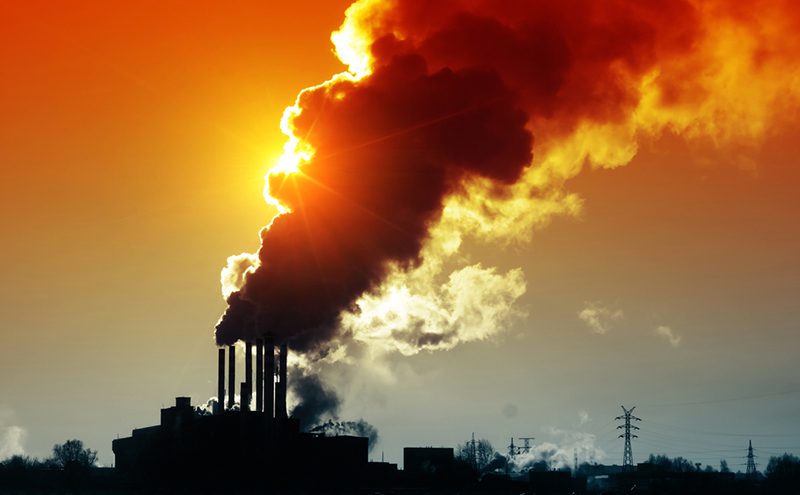
State and regional governments are responding to the threat of climate change faster than their national counterparts, according to a new report released on 30 November ahead of COP24 by The Climate Group, CDP and PwC UK.
Leading states and regions have committed to decarbonize at a rate of 6.2% a year[1]. This is just 0.2% away from the decarbonization rate needed to align with a 2°C pathway – far more ambitious than national governments. Subnational action is on the increase, with the number of states and regions disclosing their climate data growing from 44 governments in 2015 to 120 states and regions today across 32 countries.
The findings came ahead of the Conference of the Parties in Katowice, Poland (COP24) on 3 December, where states, regions, cities, and businesses are calling for national governments to step up their ambition following the example set by the commitments made at the Global Climate Action Summit (GCAS) in September.
Of the 120 state and regional governments, 40% are already reporting actions across both mitigation and adaptation to climate change – the combination of which is vital, according to the latest IPCC science, to achieve the accelerated transition to a 1.5°C world. Since the signing of the Paris Agreement in 2015, the number of adaptation actions reported by states and regions has increased by 74%.
A total of 265 targets for emissions reductions, renewable energy and energy efficiency have been disclosed. 80% of these targets were from governments in the Under2 Coalition, the largest global coalition of states and regions committed to acting now on climate change.
The targets disclosed by states and regions demonstrate ambitious action in line with the 2°C pathway of the Paris Agreement. The new science of this Autumn’s IPCC Special Report however means the states and regions’ targets do fall short of the new 1.5°C recommendation.
Tim Ash-Vie, Director of the Under2 Coalition Secretariat at The Climate Group, said: “This report shows that leading states and regions are already taking tangible steps to get to a world under 2°C warming. In light of the recent IPCC Special Report, we need to listen to the warnings from the scientific community and even these climate leaders will need to take stock of the progress that they have already made, consider where they might increase their ambition further still, and adjust their sights to the 1.5°C challenge. Continued disclosure to track our progress will be vital for this process.”
Kyra Appleby, Global Director, Cities, States and Regions at CDP, said “States and regions are already feeling the physical impacts of climate change, with 40% now acting on both adaptation and mitigation. Many disclosing states and regions are strong on decarbonization, with those in the US, Germany, Mexico, Spain and UK having more ambitious targets to 2030 than their national governments. To limit the impacts of climate change, states and regions worldwide must sustain and step up their action to reduce emissions, playing their part to limit warming to 1.5°C.”
Celine Herweijer, Global Climate Change Leader at PwC UK, said: “There are a number of leading states and regions which have committed to strong decarbonization pathways. Their ambitions will need to translate into three key areas of focus: developing robust policies on the ground, scaling up and making use of tech innovations such as smart mobility and smart distributed energy grids, and shifting finance away from high carbon activities to clean investments. And these goals will need to be met within the coming decade.”
Other findings:
- This year, 37 governments from Argentina, Brazil, Columbia Ecuador, Peru, Uruguay and Mexico disclosed, and Latin America became the second largest group of disclosing governments after Europe. This demonstrates the increasing level of climate leadership from developing and emerging economy regions across the globe.
- Five states and regions have committed to net-zero emissions targets. These are Catalonia, Spain, Helsinki-Uusimaa, Finland, Jämtland, Sweden, Queensland and the Australian Capital Territory, Australia. These five leaders join more than 19 cities who have also set net-zero carbon targets by mid-century including London, Stockholm and Vancouver.
- Six German states from the Under2 Coalition have committed to more ambitious 2030 targets than their national government. Together these states make up nearly 70% of GDP and over 65% of the German population. This is an example of how states and regions are sending signals of confidence to national governments.
Ahead of COP24 next week, this report signals that states and regions are charging forward on climate action, and now need national governments to follow.
Notes
[1] Based on 120 state and regional governments disclosing to CDP in 2018 for the Global States and Regions Annual Report.








